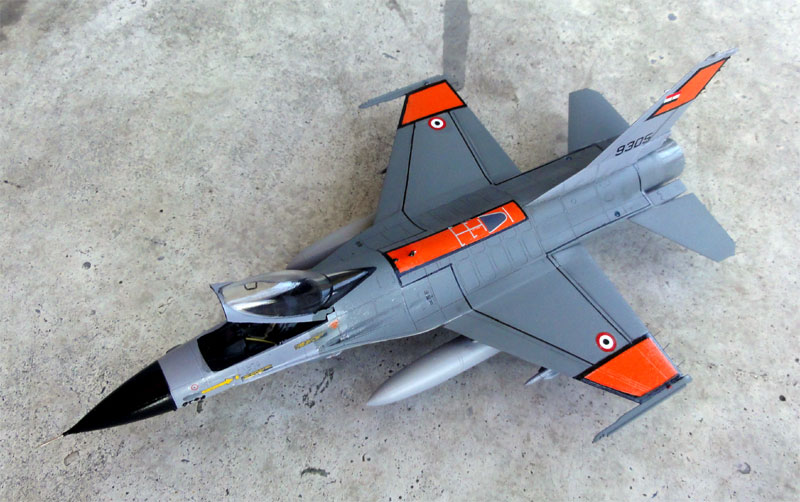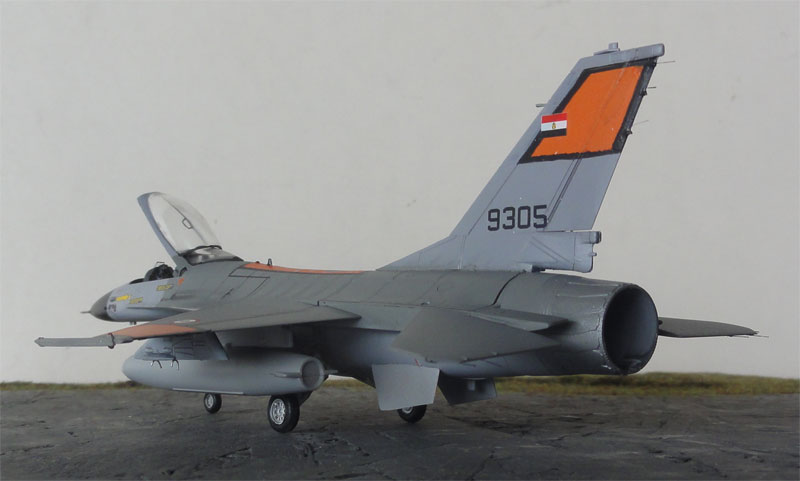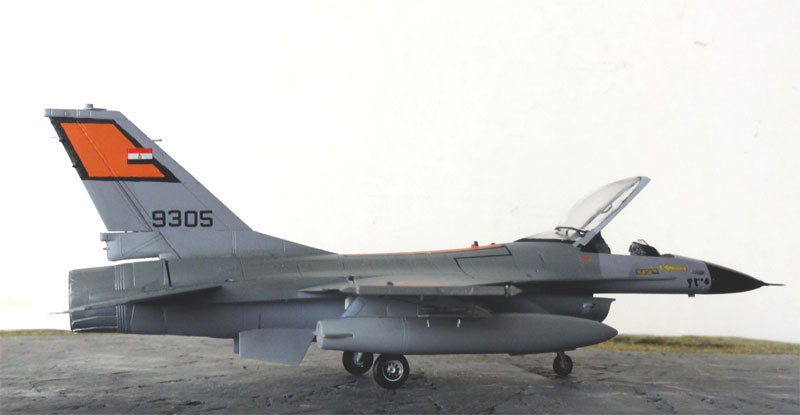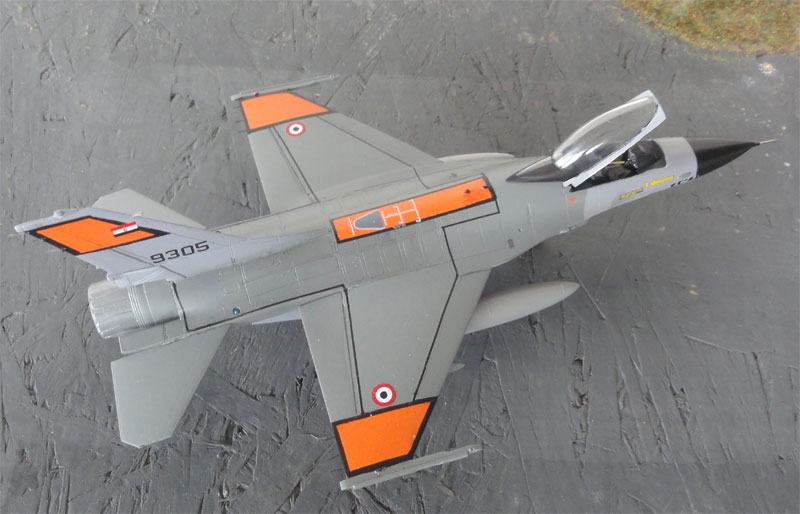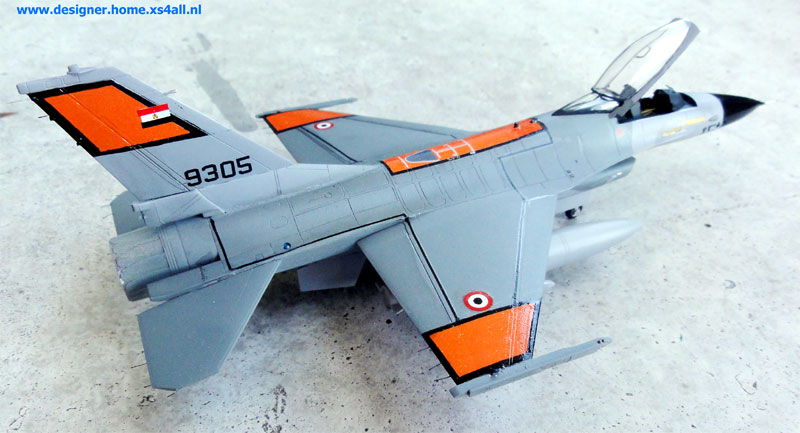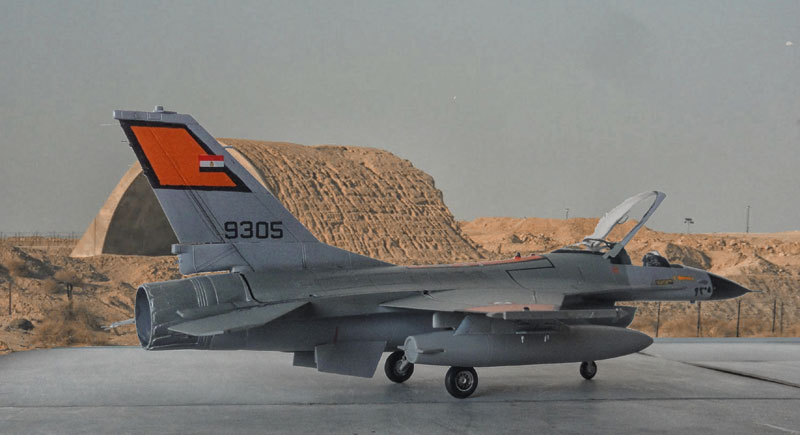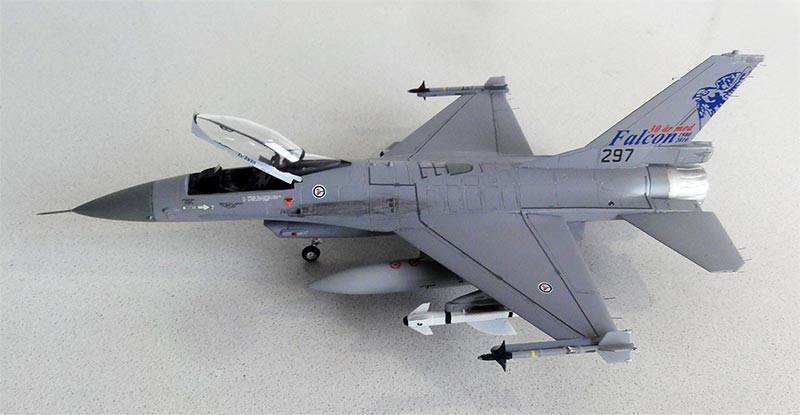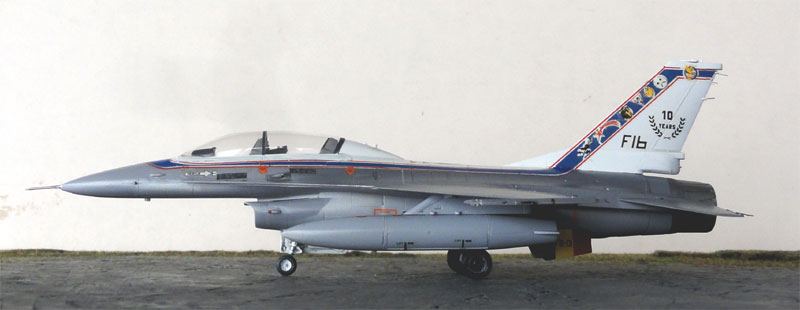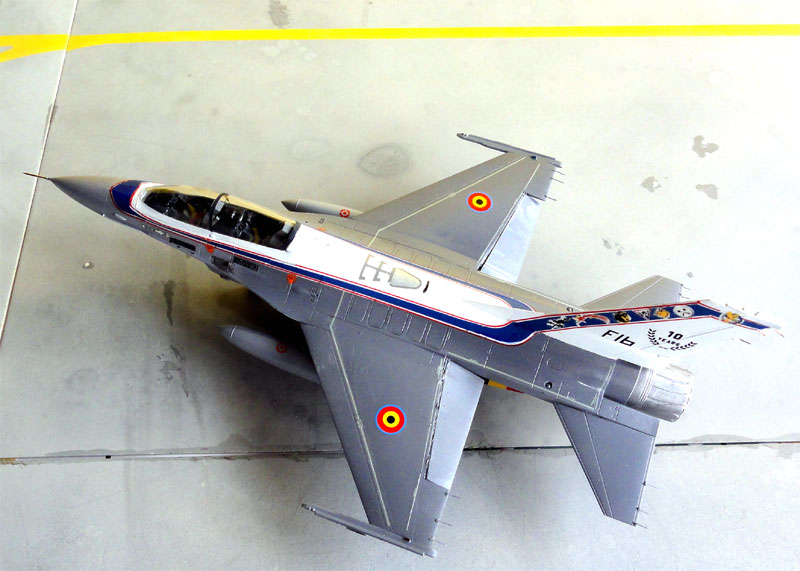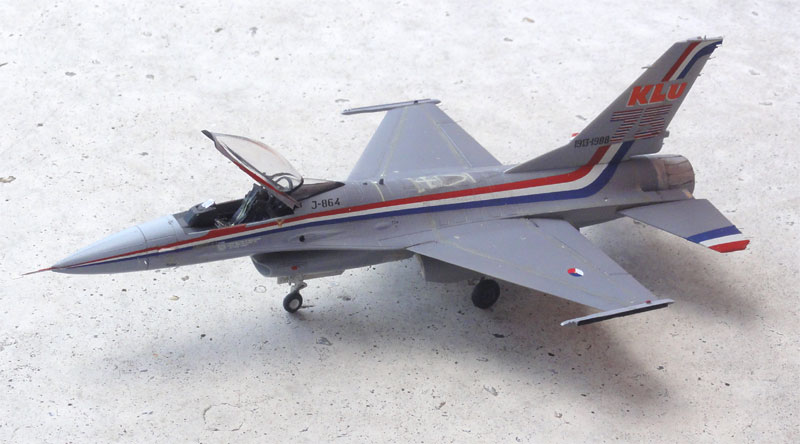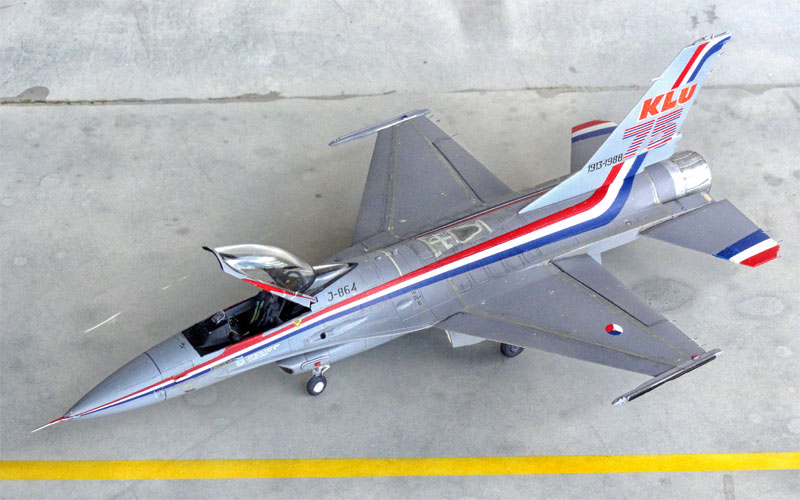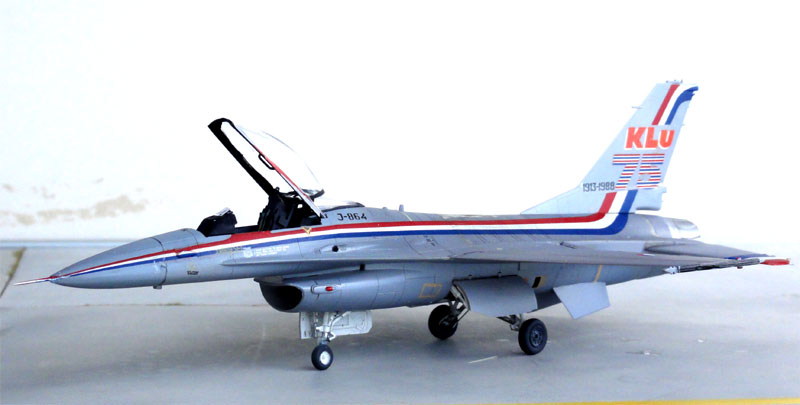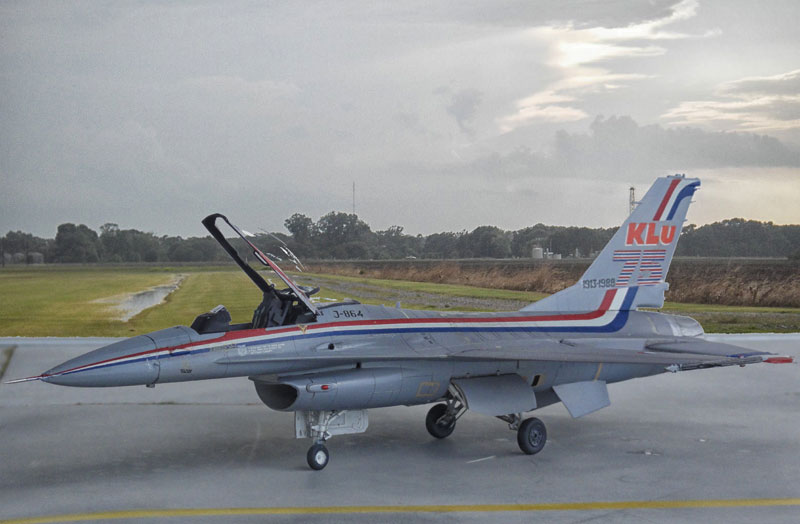[ page 5 ]
General Dynamics F-16 in 1/72 scale : kit review & modelling reports of HASEGAWA kits
.. continued from
page 4...
..
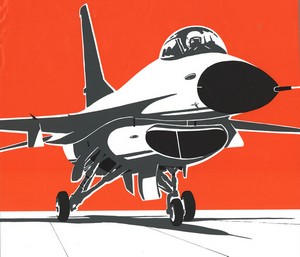
..
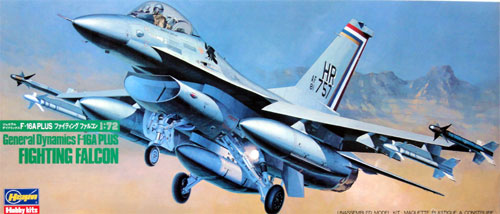
The Hasegawa F-16A PLUS kit #601 has 4 plastic sprues and 1 clear sprue that have about 70 parts. Surface detail has engraved panel lines but the wing has two halves to be joint to the center fuselage section. The normal first generation vertical tail is in the kit with a very short standard USAF like tail fairing. Rear fuselage with exhaust is for the Pratt and Whitney F100 engine with also the initial normal air intake.
In the kit the intake is a bit undeep. The later standard horizontal stabilizers are in the kit as well as the normal main wheels and flat main gear doors.
The kit is appropriate for an early
F-16A single seater.
The kit also has the appropriate early LAU-114 wing tip launch rails.
Parts layout is seen here...
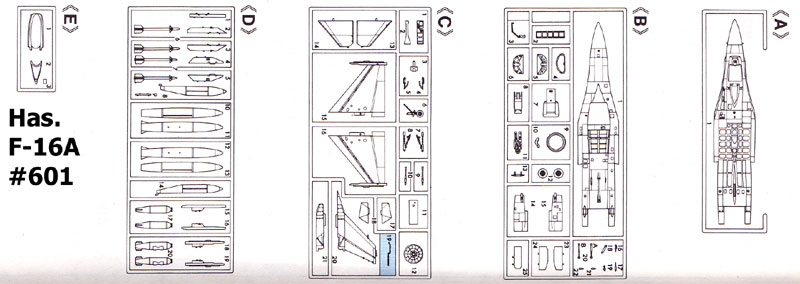
... and the parts (some already detached from the sprues)...
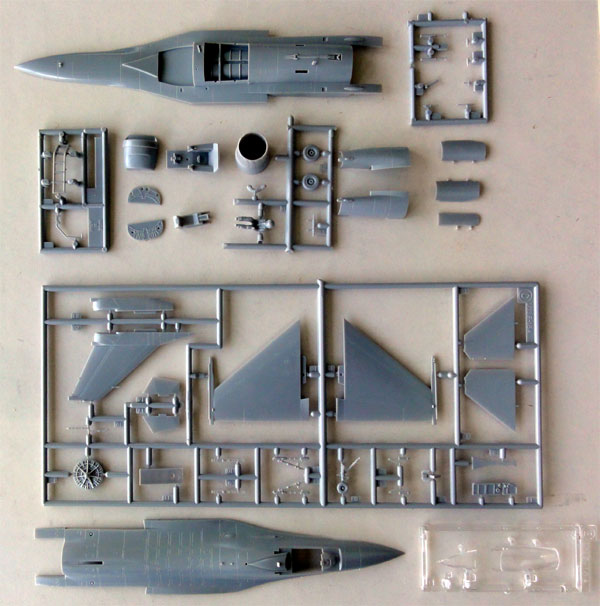
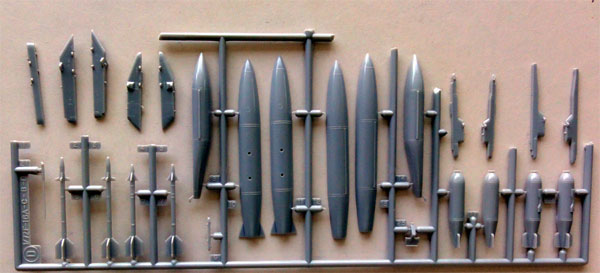
Store parts comprise 370 gallon fuel
tanks, a central 300 gallon fuel tank, some rather simple Sidewinders AIM-9J
or 9L and pylons and some dumb BL755 bombs.

The canopy can be posed open as it
has two sections. There is a separate but a bit crude entry ladder included
and a pilot figure.
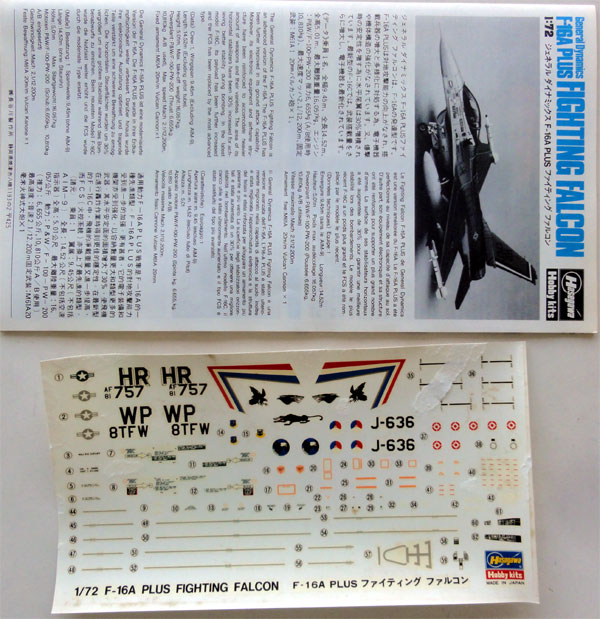
This kit has decals for:
(1) USAFE 50 TFW based at Hahn in
West Germany 1983;
(2) USAF 8 TFW at Kunsan in Korea;
(3) Royal Netherlands AF from 311
squadron at Volkel AFB, The Netherlands (as per first deliveries tail base
without parachute fairing);
A few are shown below...
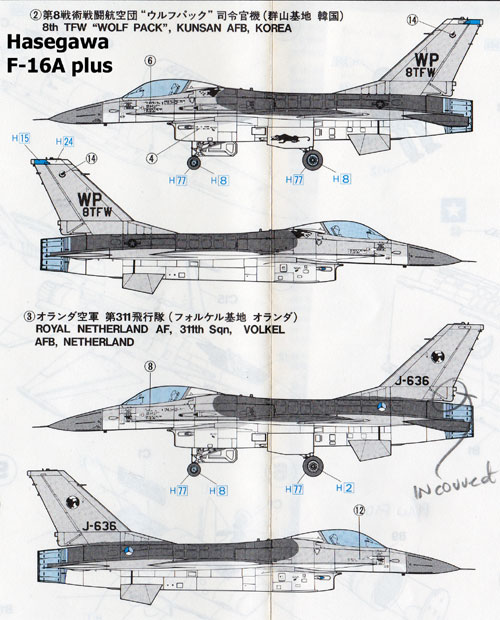
(For a later upgraded Royal Netherlands
AF aircraft a conversion of the parachute pack is needed but this model
will be made as an earlier F-16).
Stencils and walkway lines are included. Schemes are for the standard NATO F-16
grey camouflaged aircraft but with some colourful tails.
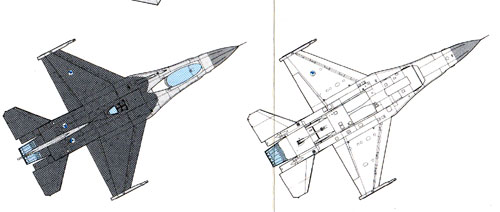
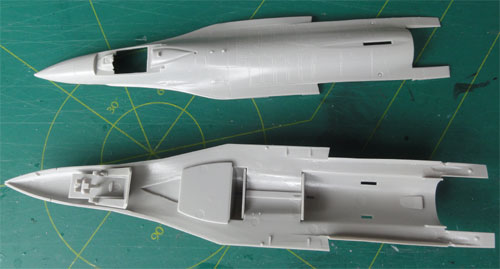
Quite some of these models will be made.
CONSTRUCTION
Assembly is straight forward. The
intake #B4 is however a bit undeep, so with a razor saw the rear closed
portion was cut-off. This gives a "deeper look".

The cockpit is very simplistic but
the throtlle and control stick are there. The one piece ACES II seat #B8
is very simple and better replaced with an after market resin seat like
from PAVLA. The canopy shapes look fortunately good.
The full length fuselage halves result once glued in some nasty seams particularly at the radar nose. This needs filling and sanding and take care not to get "flat areas" that spoils the look!
On all Hasegawa F-16 kits, also sure correct alignment of the
landing gear; when the bulkhead part #B6 is only just a-symmetric set
in place, it will give a wrong horizontal attitude with the main gear . When you find out
later, trim the hole in this part to correct it. 
Both wing halves require careful
alignment to ensure a correct horizontal fit on the center fuselage.
Putty and filler is needed. Also, the rear engine section needs quite some
sanding to get flush surfaces. So I recommend to install the vertical tail
later and after filling and sanding now to flatten any ridges and any possible
small gaps. Fit the vertical tail and the stabilizers after that has been
done. The ventral fins needed a bit of white glue to fil the tiny gaps.
The model main parts were now joined so a coat of base grey was airbrushed to look foir any imperfections. Any gaps and ridges were filled and sanded. (the smaller parts thus not yet fitted).
The nose landing gear is one piece with an integrally moulded nose wheel. Some painting and wash may improve how it looks. For the rest, assembly is straight forward but putty and sanding was mainly needed at the wing joints and intake.
Several models will be made.
page 2
page 3
page 4
page 5
page 6
page 7
page 8
page 9
page 10
page 11
...
...
page 21
 [11]
[11]EGYPT
The first of F-16A PLUS kits was made as an Egypt F-16A Block 15D aircraft. It has a standard short tail fairing and is otherwise standard as per this Hasegawa kit and with the appropriate early LAU-114 wing tip launch rails.
Looking at photos found on the internet, I saw nice large black outlined bright orange panels on some of these Egyptian aircraft including a F-16A-15-CF coded "9305" delivered in 1982 by the 232 TFB. Maybe these are training aircraft which must be spotted above the large desert. The rest of the colours were "greys" but not F-16 standard: lower surfaces FS36375 (using Gunze Sangyo H308), FS36270 (using Gunze H306), and aft upper areas looked like FS36231 (using Gunze 317);
For the bright orange areas, I used
Micro Scale decal sheet TF-10 and black line XTRADECALs for
the panel outlines. Plenty of decal softener was used such as DACO or alternatively
use Micro Scale Sol and Set to let the decals set to the surfaces.
The nose got a black colour. The
Egypt roundels and flags were found in the decals spares box. The few arabic
style nose texts were hand painted with a fine brush looking at photos.
Note that the upper walkway lines are black, these were found on various
sheets or use black decal stripes.
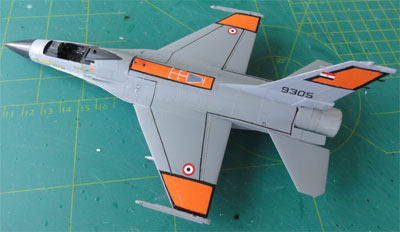 ...
...
In the cockpit another ACES II seat
was installed that came from a PAVLA S72012 resin set but it required
reducing its width to fit into the tub!
The landing gear was simple put in
place and some extra details set in the bays like the battery. A few hydraulic
lines were added made from very thin metal wire as well.
The final detailling included replacing
the pitot with a metal needle that looks better.
Also replacing/ adding thin static
dischargers was done made from fishing wire (painted black).
The pylons with the fuel tanks, but
also outboard pylons but without stores so the fitting hooks made from
thin wire were added.
A bit wash was added with a brush at the center fuselage maintenance panels and inside the gear bays and gear legs; a mix of acrylic varnish and black paint will do. Swipe off when applied, the corners and panels will retain the wash.
The model got a semi-gloss varnish end coat with the airbrush with my usual technique...
Canopy was installed open and....ready ...The small pitot aft of the nose at the right side should also added from scrap, it is missing in the kit.

![]() EGYPT
EGYPT
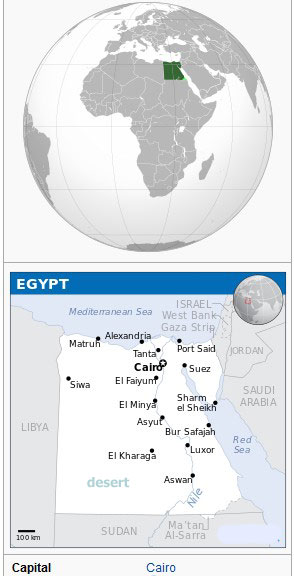 .
. ...
...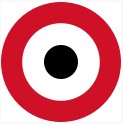 .........
.........
[ area: 1,000,000 sq.km (mostly desert) | population: 101 million | capital: Cairo | GDP 3700 USD per capita nominal ]
The Egyptian Air Force (" Al Quwwat al Jawwiya Il Misriya ") became an independent air force in 1937 with a few British manufactured aircraft. After the end of the Second World War, various conflicts emerged in this region with a next war in 1948 against the establishment of Israel as the British got out of the region. Aircraft were now obtained in the 1950s from Czechoslawakia and the Warsaw Pact like the Mig-15, Il-28 and various other aircraft. But also a local aircraft industry was set up with Helwan being established with support from Hispano in Spain. Helwan types were the HA-200 Saeta called "Al-Kahira" and a small jet fighter HA-300 was developed. The nationalisation of the Suez canal led to the Suez crisis in 1956 with attacks from Israel, Britain and France but the result was a stronger political Egypt that set up the United Arab Republic. Soviet aircraft and armaments were acquired including MiG-21 and SU-7 aircraft. After conflicts in Yemen, in 1967 the "Six day" war with Israel resulted in devastation. The Yom Kuppur war in 1973 did not change a lot and finally after many years a sort of peace treatment was set in place in 1979 with Israel and relations with the West became much better. But still, many crises in the region remained.
Though over the last years, internal political unrest has resulted in large internal changes, Egypt is still supported by the West and the USA aimed at retaining stability in the region. France also supplied aircraft like Mirages and also F-4 Phantoms were delivered.
This was followed by F-16 aircraft:
under various US "Peace Vector" programs first some 34 F-16A Block 15 and 8 F-16B aircraft (some second hand were acquired in the 1980s with the F100 engine) and later on 34 F-16C Block 32 and 12 F-16D aircraft, followed by 35 F-16C Block 40 and 12 F-16D Block 40 aircraft as well as additional 34 F-16C and 12 F-16D Block 40 aircraft through Turkey manufactured licensed aircraft in the mid 1990s'.
For the period after that, more and more F-16 aircraft were delivered including some 21 F-16C/D but now with General Electric (GE) F110 engines in the beginning of this century. More F-16 C/D followed of Block 52 and many older aircraft were also upgraded. Nowadays, the Egyptian Air Force is in 2015 one of the largest F-16 operators in the world with probably over 200 F-16 aircraft operating out of five air bases.
In addition large numbers of other aircraft are also operated and include afore mentioned fighters like Mirage 5, Mirage 2000, Rafale and still a few dozen MiG-21 fighters. Trainers include over a hundred K-8 Karakorum trainers, EMBRAER Tucano's and L-59 Super Albatrosses in addition to Alphajets for light attack. Even E-2 Hawkeyes AEW aircraft and Super Seasprites helo's were delivered. Transports like the C-130 and helicopters are operated as well by the Egyptian Air Force. It is unclear how many aircraft are really (still) operational.
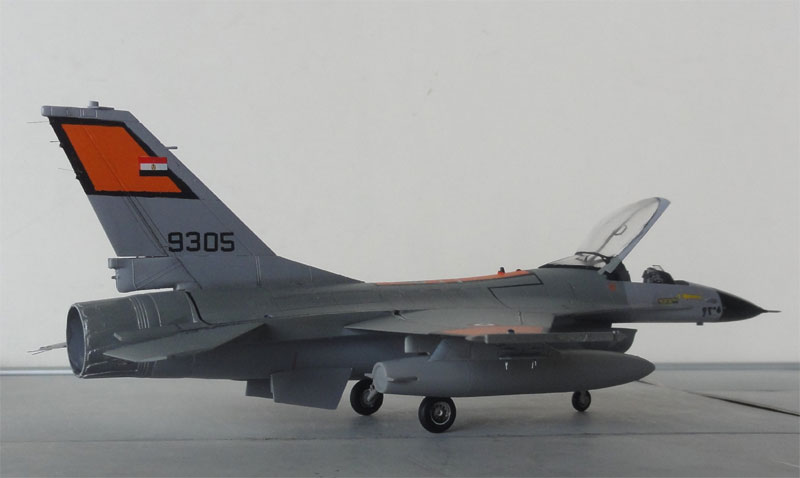
F-16A-15-CF Block 15, unit 232 TFB, Egypt Air Force, coded 9305. Delivered in 1982 and was former FMS 80-0643. This scheme of approx year 1985
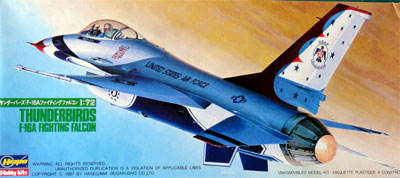
The Hasegawa F-16A "Thunderbirds" kit #602 kit was also issued with decals for this USAF demonstration team in 1985.It seems that the same parts are in the kit as kit #601 described above but now in white plastic, but the "stores" sprue is NOT included.
Decals for one of the USAF F-16A Thunderbirds
(with a choice of plane numbers). The extra part #19 is for the smoke fuel
line at the exhaust.
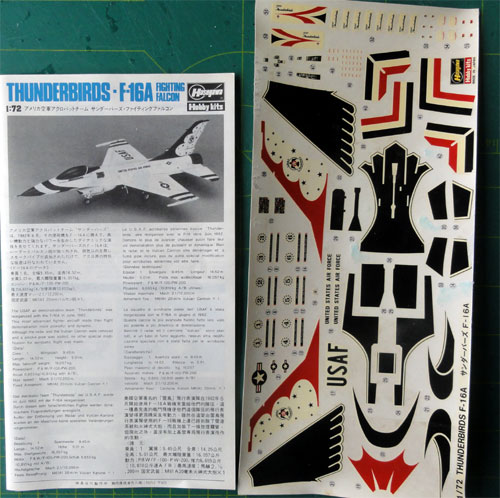

The same comments for the assembly
apply as noted above.....
 [12]
[12]
NORWAY
This model will be made as a F-16AM
updated MLU of the Royal Norwegean Air Force (with the Pratt and Whitney
F100 engine and normal air intake) using VINGTOR decals from set 72-115. It was manufactured as a Block 10 and upgraded.
Notes on this type: this MLU aircraft does however NOT have the advanced IFF antennas in front of the canopy so the clean nose is correct.
But it should does have a larger parachute fairing and this is not in the Hasegawa kit. I retrieved the longer parachute pack from spares found in the Revell F-16A kit parts #27A, 27B (described on page 2).
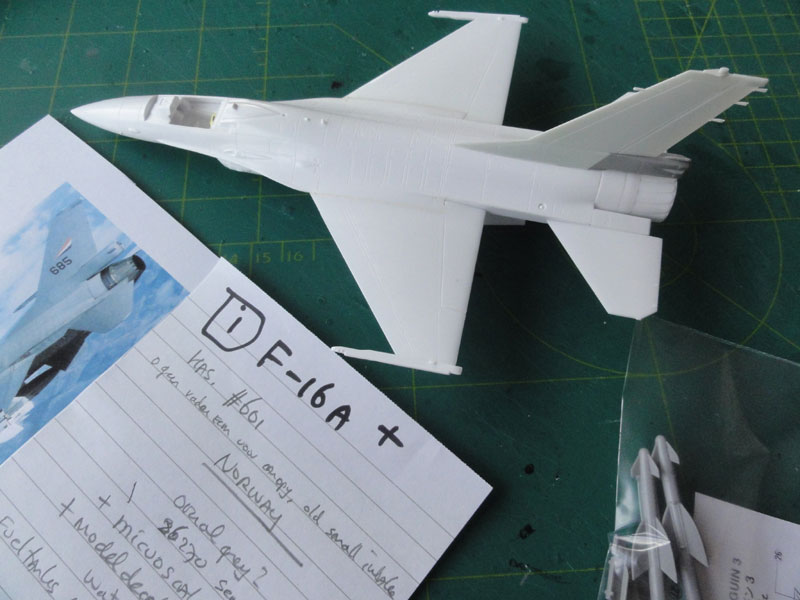
For this Hasegawa model the correct
standard air intake was also made a bit deeper but cutting off the rear
portion of part with a saw.

The F100 engine as per kit can be
used and the kit small intake.
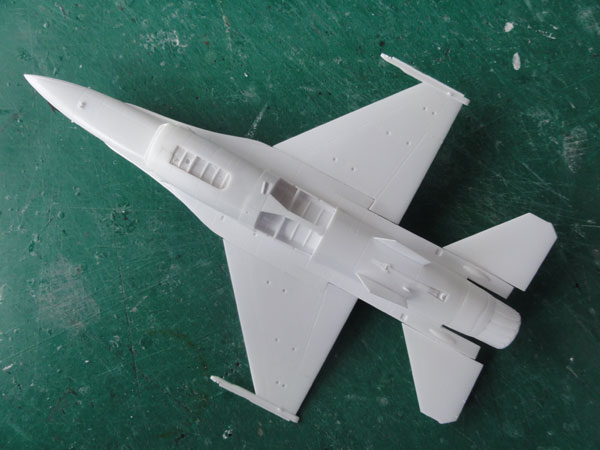
The kit wing tip missile Sidewinder
LAU-114 launchers were sawed off with a razor saw (not yet seen above in the photo).
The removed launcher rails were replaced with modern LAU-129 launchers,
retrieved from spares from a Revell F-16C kit. (They can fire AMRAAMs).
Colour airbrushed was an overall Fed.Std FS 36270 using Gunze Sanyo H306 acrylic.
BUT the 370 gallon fuel tanks have a FS36375 colour and got an airbrushed coat of Gunze H308; the kit tanks were replaced by better shaped spares retrieved from a Revell kit as well as their pylons.
The radar nose was made a bit darker grey using approx FS36231 (Gunze H317).
From my modelling friend Bas I got
spare decals from the VINGTOR SET 72-115 with F-16" late markings",
these are excellent. The stencilling and walkway lines are also supplied
to complete a few models.

Wheel bays got some extra details like the "blue" battery pack.
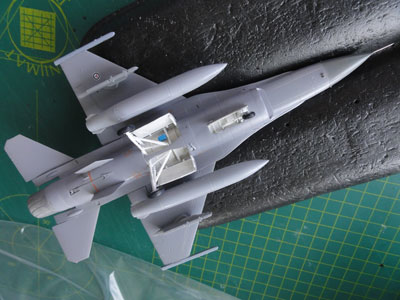
Norwegean F-16AM (probably upgraded Block 10 to MLU) may also fire a Penguin missile in an anti-ship mission. These special weapons were obtained from the Hasegawa weapons set X72-9. Also, a Sidewinder AIM-9L in grey was fitted obtained from a weapons set.
A nose spot light is often seen on Norwegean
F-16A aircraft on the left nose side; this was suggested with a aluminium
foil disk punched with a Waldron set.
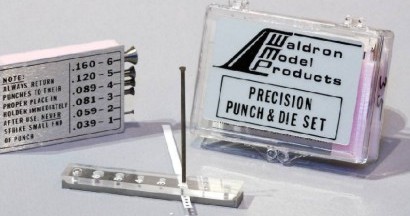
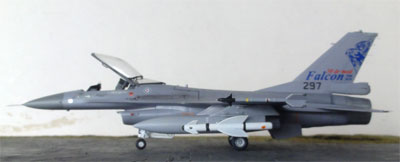
The canopy was set open with also black frames and I was not sure if a Helmet cueing was to be installed, but the 2 handling bars inside the canopy were made from stretched sprue and set in place. The ACES seat came from a PAVLA S72012 resin set but it required reducing its width to fit into the tub. A small HUD made from clear sheet on the instrument coaming completed the cockpit. The small pitot aft of the nose at the right side, that is missing in this Hasegawa kit, was added easily made from scrap.
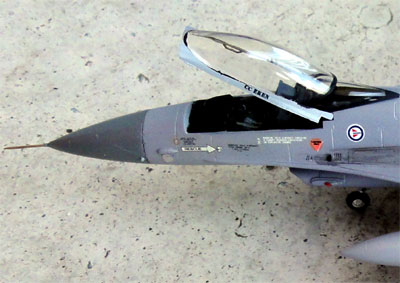
Final finishing was a noted
above....
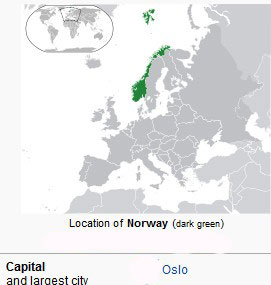 ..
..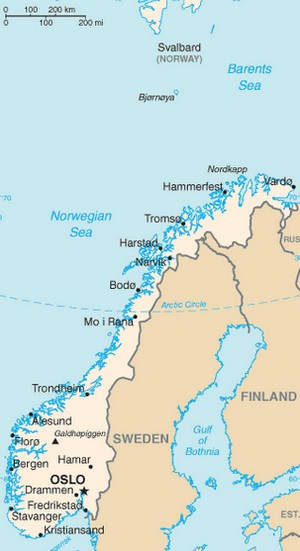 ...
... ....
....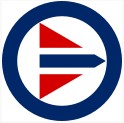
[ area: 385,200 km2 | capital: Oslo | population: 5,4 million | GDP 60,000 Euro per capita nominal ]
.........
Military use of aircraft started in Norway in 1912 and in the 1930s Dutch Fokker C.V aircraft and Gloster Gladiators were used. Norway was invaded May 1940 as many other countries by Nazi Germany. The Government evacuated to Great Britain and some pilots with their aircraft took off and escaped. The Royal Norwegian Air Force "Luftforsvaret" became a "free" separate air arm in November 1944 established by decree with forces fighting with the Allies.
During the Cold War Norway became a NATO member and types operated were e.g Vampires, F-86 Sabres, F-84 Thunderjets and later some 20 F-104 Starfighters and some 100 F-5. Training was done with Saab Safirs. A squadron flew Lockheed P-3 Orions for maritime roles. Transports were a few Twin Ottters and Bell UH-1 helicopters for liaison and for SAR S-61 Seakings. (the Army flew with some 30 Bird Dogs and Piper Cubs; the navy operated Lynx helicopters from frigates).
The Norwegean Air Force was one of the first NATO countries to acquire the F-16 in the 1970s. Some 60 F-16A and 12 F-16B were ordered in conjunction with the Netherlands, Belgium and Denmark with many aircraft license manufactured by the Dutch Fokker company between beginning 1980 to mid 1984. The Block 1 and 5 aircraft were soon upgraded to Block 10 with the bigger horizontal stabilizers. Also, a landing parachute and associated longer tail base fairing was installed. Later on, ECM upgrades were done with internal AN/ALQ-162 jammers and later followed by the Shadowbox upgrade. Armament can also comprise AIM-9L Sidewinder and Penguin anti-ship missile.
Later some 56 of the original F-16 aircraft were upgraded to the NATO MLU standard that was completed end 2001 and now also AMRAAM can be fired. The F-16 bases are near the coast at Bodo and Orland in the center near Trondheim. Latest deployments of F-16's were air patrols for the Baltic NATO members.
Plans in the beginning of this century to replace both F-16 and F-5A aircraft with newer F-16C/D Block 50 or even Eurofighters were dropped. Instead, the Lockheed F-35 JSF was ordered with some 52 F-35A beling delivered.
Currently other aircraft in the "Luftforsvaret" are 4 C-130J transports and for basic training Saaf T-17 Supporters at the "Flygeskole". Newer P-3C/N are in use as well a Bell 412 and AW101. In the electronic surveillance role a few Dassault Falcons are used.The Navy flies with NH90 that replaced the Lynx.
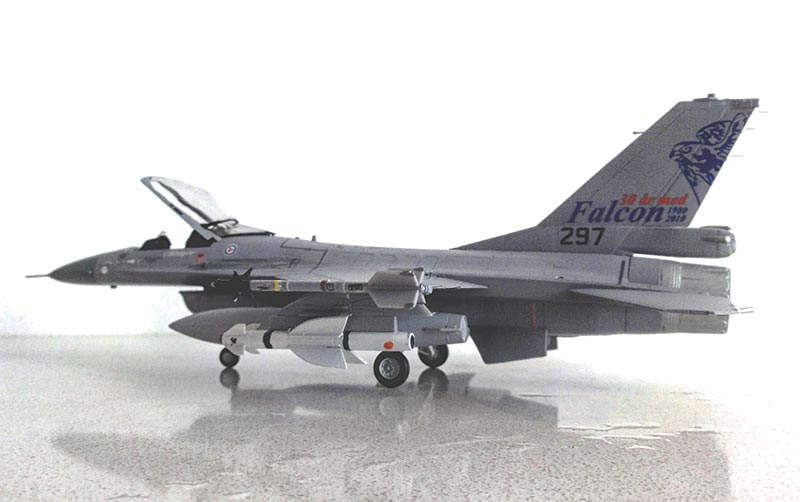

...
F-16AM c/n 6K-26 , coded 297
...
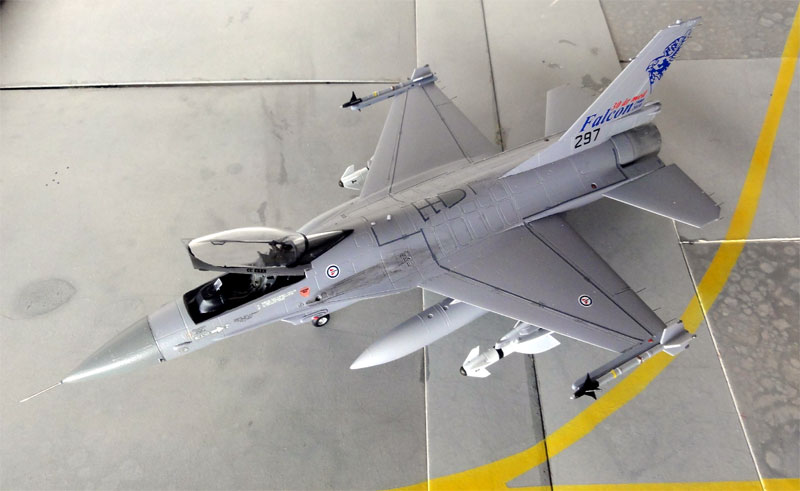
Royal
Norwegean Air Force F-16AM "coded 297" with aniversary markings after
30 years F-16 in 2010
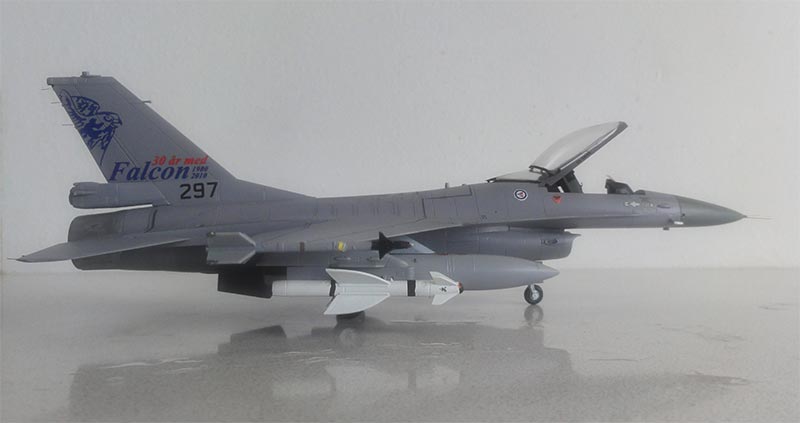
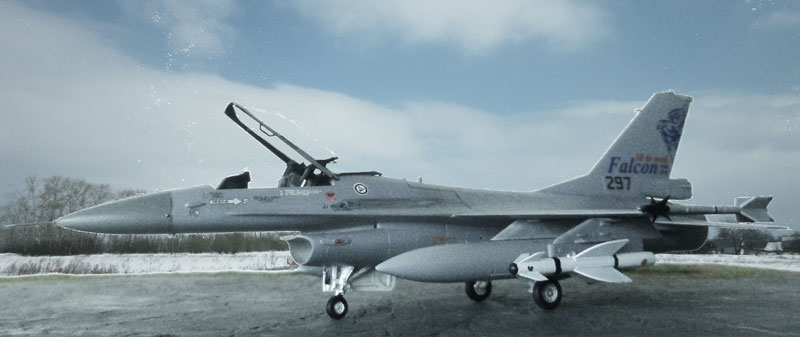
 [13] BELGIUM
[13] BELGIUMThe Hasegawa F-16B "PLUS" kit #814 was released as a two seater.

A single sprue A of the single seat F-16A Plus kit is replaced with the new upper fuselage and the two seater cockpit tub. Clear sprue E has the twin canopy.

The parts are for the rest very similar
so with the normal air intake and Pratt and Whitney F100 engine.
Also the kit has the appropriate early LAU-114 wing tip launch rails. 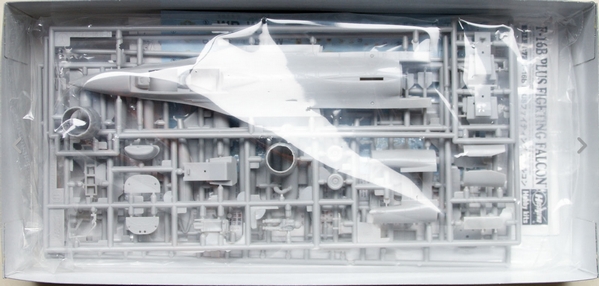
The basic construction is the same as noted above for the Hasegawa F-16A. So take care when joining the upper and lower fuselage halves and align these well.
The wing joints also again needed
putty and sanding.... I decided also to droop down the inner flaps. These
were cut in with a razor saw, lines inscribed deeper and bended down. The
holes for the pylons were filled as well where no pylon would be fitted
on this model.
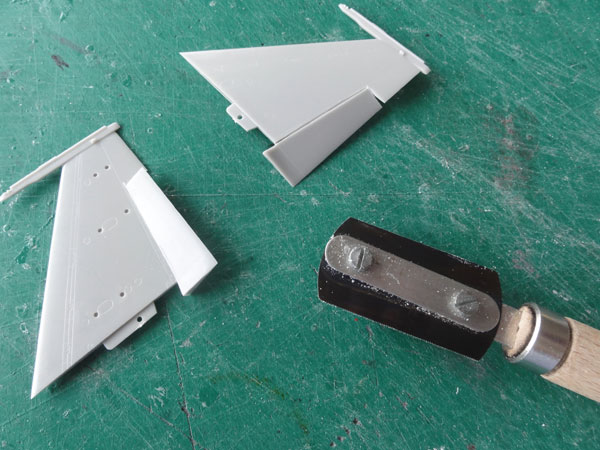
The model scheme picked was for a very early Belgian Air Force F-16B Block 1 with still the small stabilizers! These stabilizers can be found in older Hasegawa kits but also for example the ESCI F-16B kit. Alternative is to simply remove the aft section of the stabilizer parts and sand the trailing edge thin. *the drawing below shows how it looks.
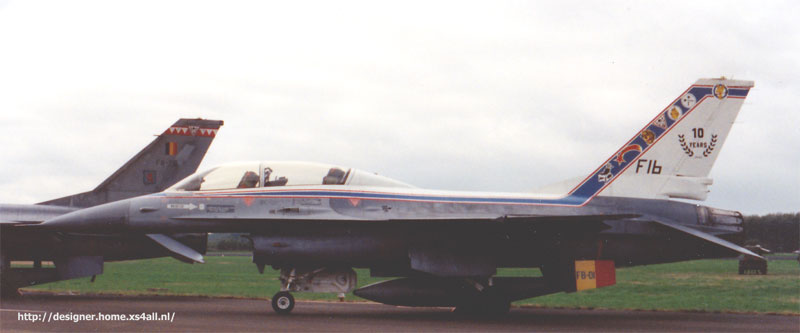
I made a photo of this aircraft at an air show
way back in 1989. The canopy looks quite bright so not tinted.
DACO decal set D7209 provides
decals for F-16B coded FB-01 c/n 6J-1 for "10 years F-16". It was ten years after
first Belgian F-16 was delivered in 1979 and in 1989 the FB-01 got a special
scheme with badges of all squadrons ("smaldelen") that operated type.

I purchased these decals over 20 years ago... I also had about this aircraft info from the Belgian IPMS KIT magazine #75.
It is very important to get the colour demarcations OK as the FB-01 has a white fuselage spine and tail. I used the drawing to mask the colours.
I first airbrushed the white sections. When dried these were masked and the remainder of the model got the standard NATO F-16 colours of lower surfaces FS36375 (using Gunze Sangyo H308 acrylic), FS36270 (using Gunze H306), and aft upper areas FS36118 (using Gunze H305).
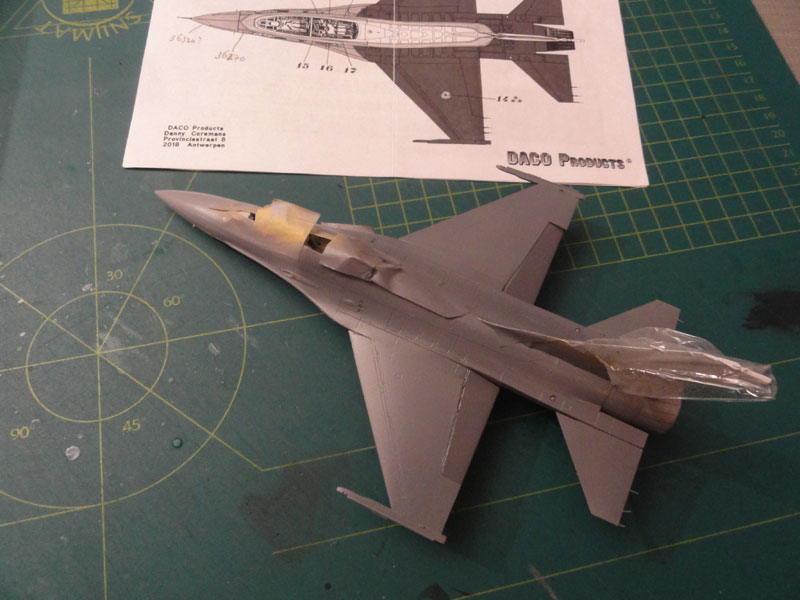
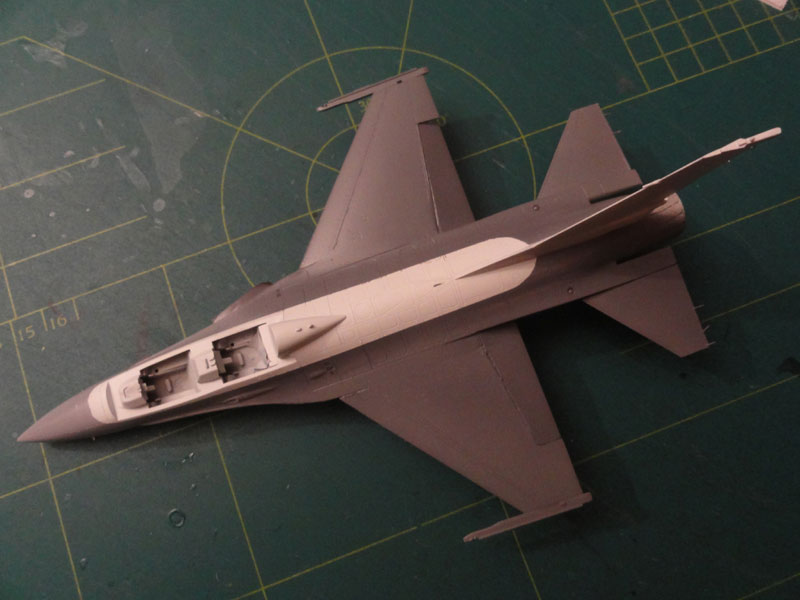
The gear bays were airbrushed white
as well after these were masked... later these also got extra details.
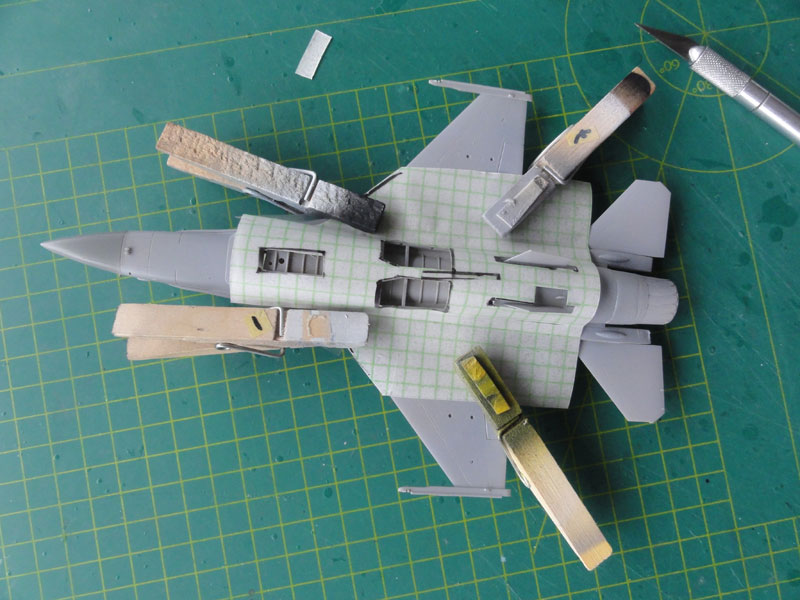
The model got a few gloss varnish
coat to prevent "silvering"
before putting on the decals.
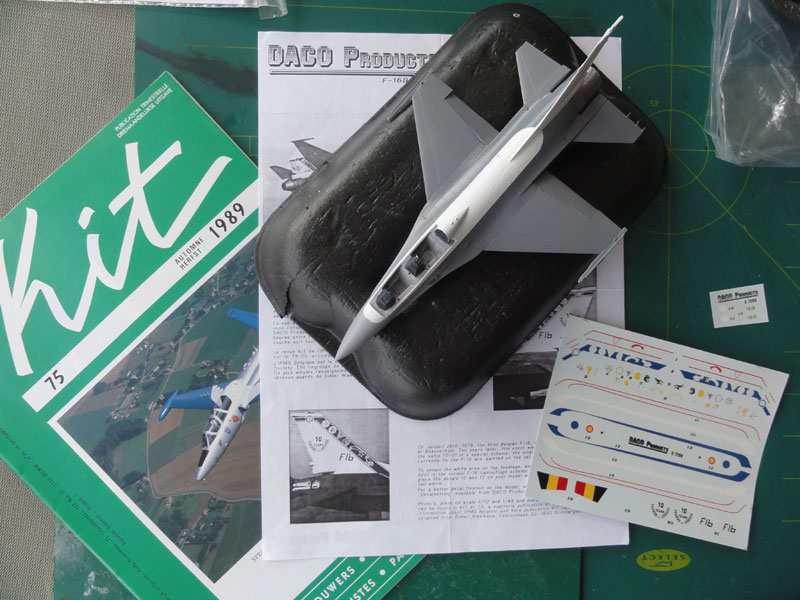
When put into water quite a few decals
fell apart..... I should have known as they are now very old... so better put
on the decals a few coats of decal coat (such as from Micro Scale). This
will hold them together but than you need to cut out all decals separately.
There are a lot of decals so you need to carefully study the drawing where
to put them.
I used also a few decals form the
Hasegawa kit like the RESCUE markings #20+47. For the Belgian roundels
I used a few from my spares box (also found in many Revell F-16 kits).
The thin coloured cheat lines are very vulnerable!
But the result is nice!
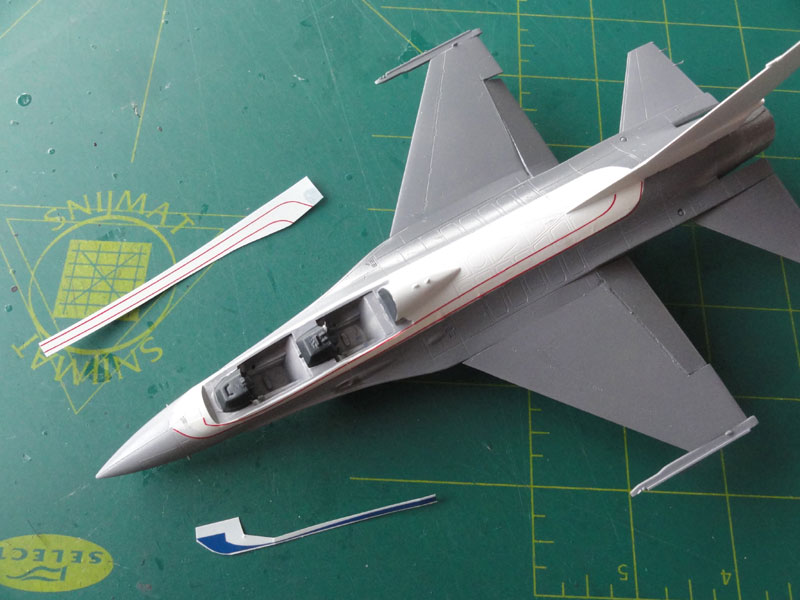
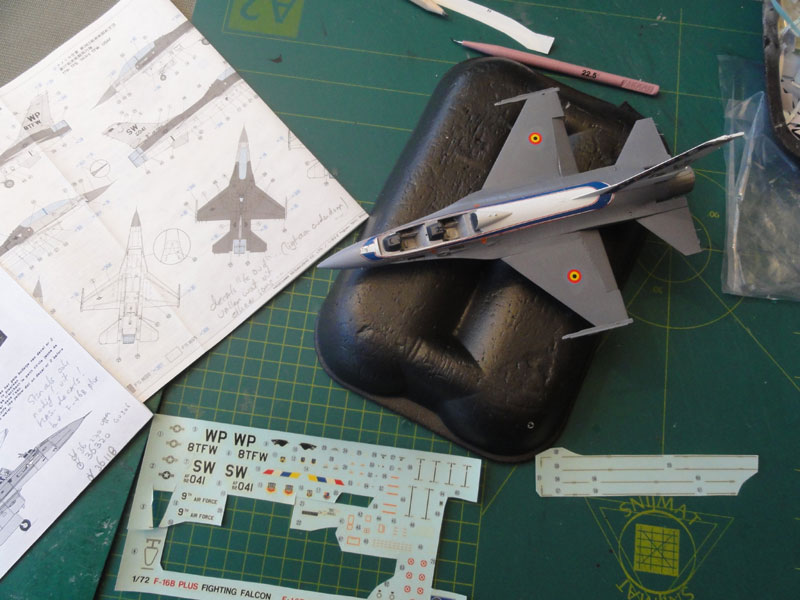
The walkway lines are medium grey.
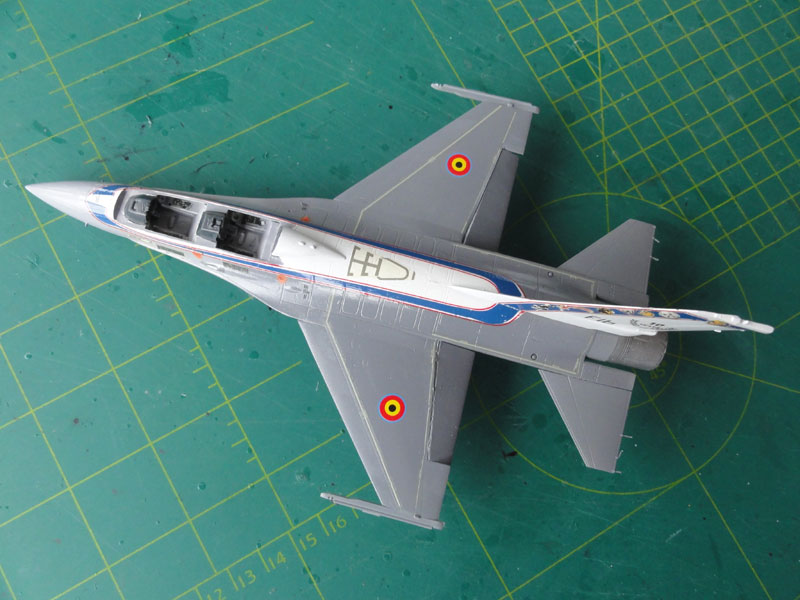
The final finishing was as per kits above with also a couple of 370 gallon tanks. The small pitot aft of the nose at the right side aft of the nose was added. Static dischargers were refined and made from fishing line and a metal pitot made form a needle installed. A final semi-gloss varnish coat was also airbrushed on top in a few thin layers.
Final detailling was as described above for the F-16A kits...
The two seat canopy was to be set
closed on this model. So I simply used a the 2 very basic kit ACES II seats
after they got some harnesses made from painted masking tape. Any canopy
gaps were filled with white glue and painted gloss white when dry.
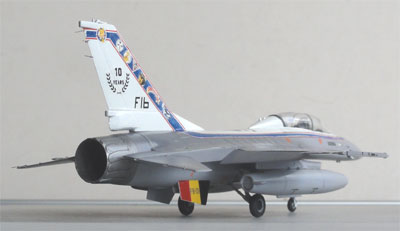
A nice F-16B is now in the collection.
..
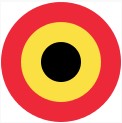 For
info on the real Belgian Air Force look at the F-16
page here ....
For
info on the real Belgian Air Force look at the F-16
page here ....
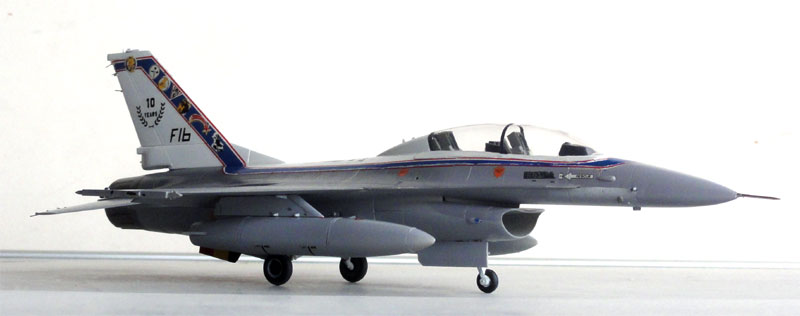
F-16B Block 1 "FB-01" of the Belgian Air Force 1989
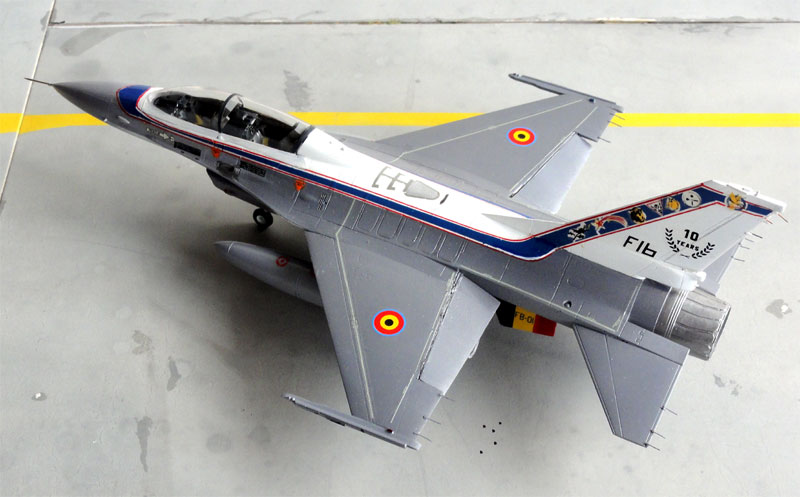
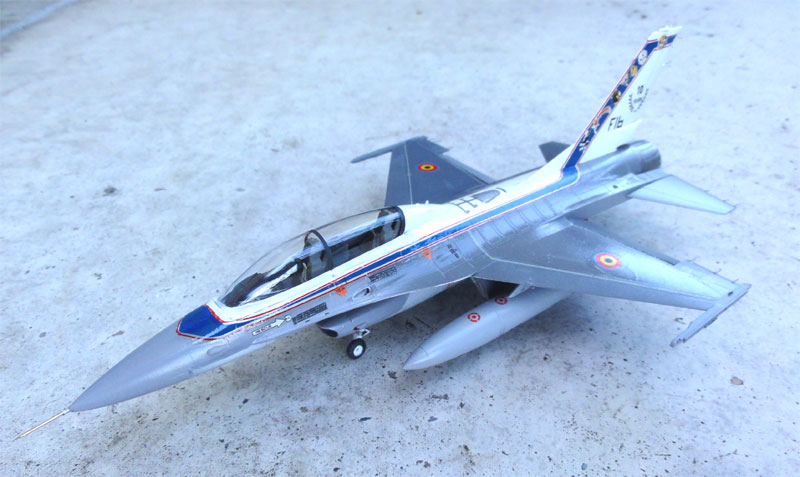
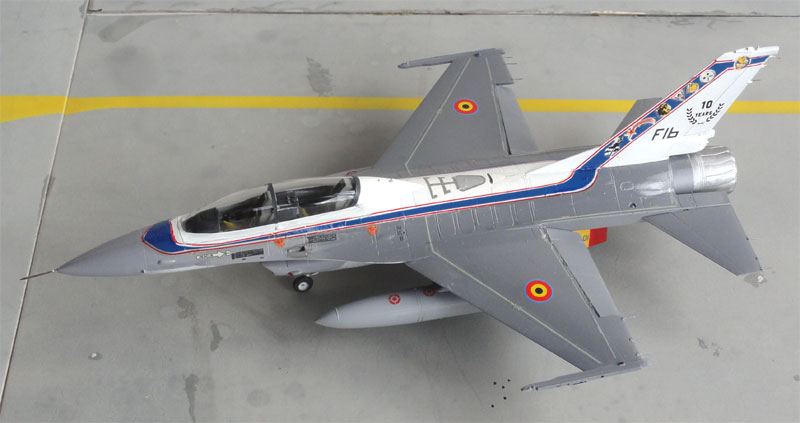
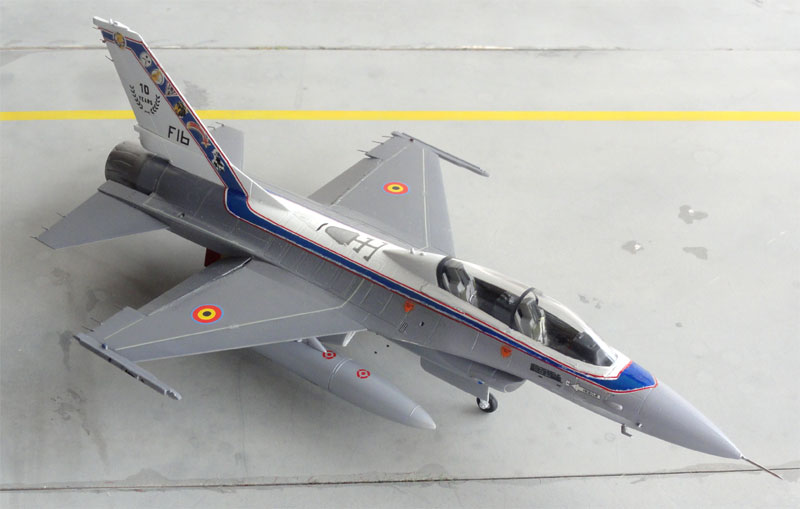
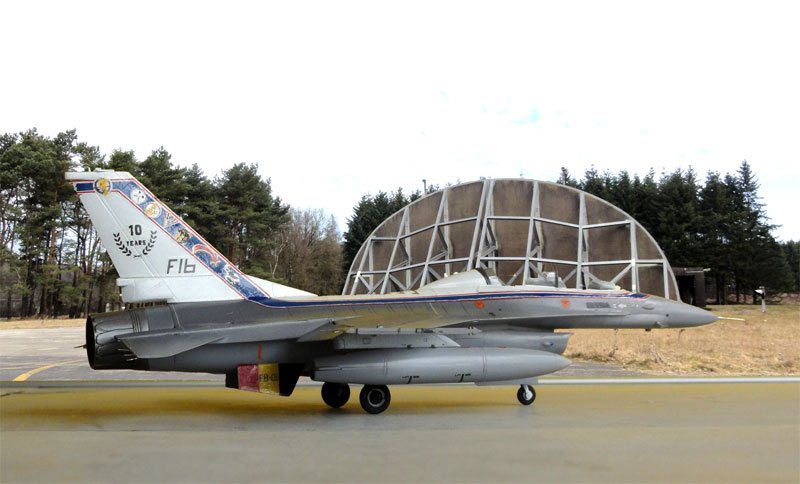
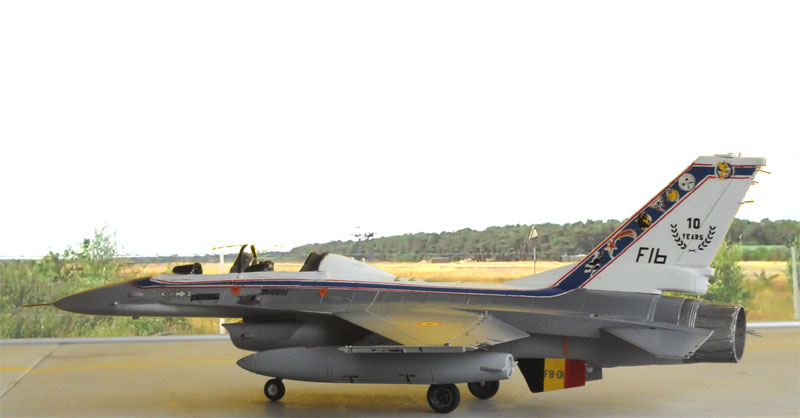
at Belgian base "Kleine Brogel"
 [14]
[14] 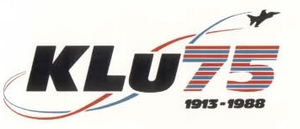
Another Hasegawa F-16A PLUS kit #601 as described above was built.
I had a vey old MODELDECAL sheet no.98 which had very nice marking for a Royal Netherlands Air Force 75 YEARS anniversary scheme of 1988. The aircraft was the first generation F-16A Block 15 with the conventional USAF style short base tail fairing, no upgrades and with the first Pratt & Whitney F100 engine. Also the kit has the appropriate early LAU-114 wing tip launch rails. So the kit can be almost be made straight out of the box, only some refinements were made.
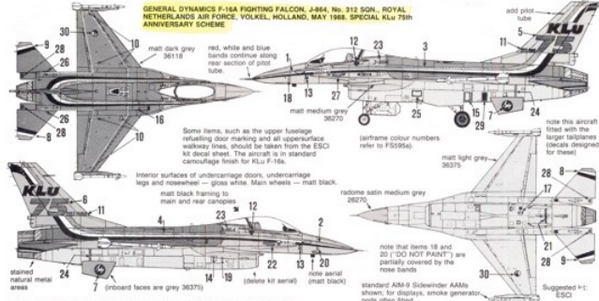
MODELDECAL
98
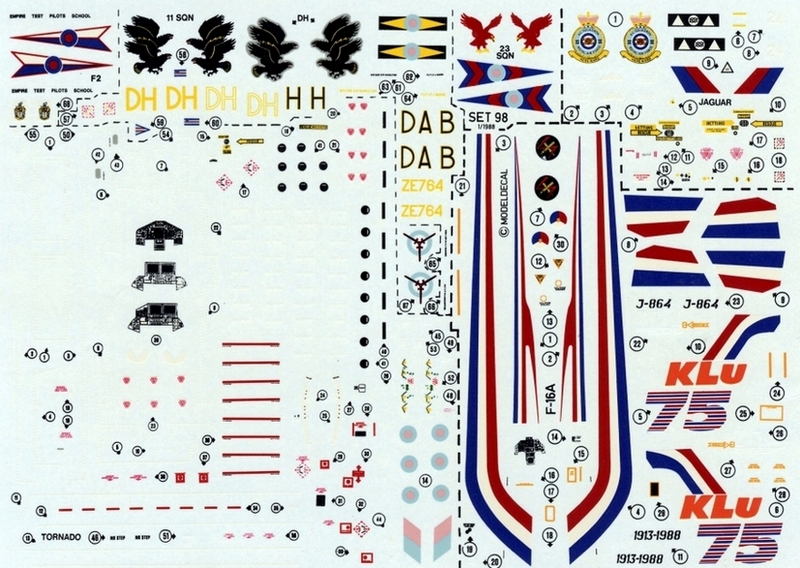
After assembly it got the standard NATO F-16 colours of lower surfaces FS36375 (airbrushing Gunze Sangyo H308 acrylic), FS36270 un upper forward surfaces and upper section of intake (using Gunze H306), and aft upper areas FS36118 (using Gunze H305).
A gloss undercoat of Gunze Sangyo was airbrushed to get better decal adherance as Modeldecals are very sensitive for "silvering" (air bubbles below the decals that spoil the looks).
The red-white-blue strip is a decal. Some uncovered edges were painted with a brush e.g. at the stabilizers. The stencilling and walkway lines came from kit decals. The spine refuelling receptable was painted aluminium.
After decalling the model was completed
the gear and so on were installed.
The gear bay got some extra details
in the bays like the battery. Ensure a horizontal "sit" here. A few hydraulic
lines inside the bay and on the gear legs were added made from very thin
metal wire as well. All interiors of wheelbays and gear got a gloss white
coat.
The first generation cockpit got a medium grey interior with black details on side consoles and instrument panel. In the cockpit another the ACES II seat was installed after it got some a harness made from painted tape.
The pitot sees the
red-white-blue
stripe continued so this was painted with a very fine brush.
Also
the small pitot aft of the nose at the right side, that is missing in
this Hasegawa kit, was added easily made from scrap.
An option would be to fit "smokewinders" on the wing tips, but this model was kept "clean". If you want Smokewinders, you can make them from Sidewinder missiles by cutting of their front fins and sand this area smooth.
Inside the canopy, that was to set open, two handles were added made from black stretched sprue. The HUD was made from thinner glass from scrap.
The static dischargers at all trailing edges were replaced and new ones made from fishing wire (and than painted black).
A bit wash was added with a brush at the center fuselage maintenance panels and inside the gear bays and gear legs; a mix of acrylic varnish and black paint will do (or use PROMODELLER wash). Swipe off when applied, the corners and panels will retain the wash.
The model got a semi-gloss varnish end coat with the airbrush with my usual technique...
Canopy was installed open and....ready!
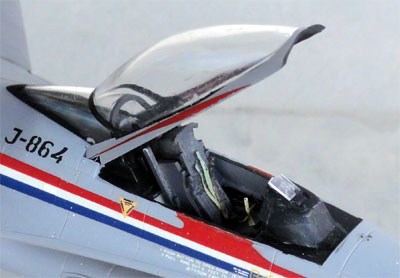
![]()
As the Royal
Netherlands Air Force had their 75 year anniversary in 1988, this F-16A Block 15
with code "J-864" got a red-white-blue (Dutch flag) striping and looked
very smart. This aircraft of no.312 squadron got initially the squadron
badge on the ventral fins but soon these were banned and also there was
a coloured stripe on the intake that had to be removed. The aircraft represented
the whole air force and not only 312 squadron as such. In the vertical tail
a large "75" is seen. The aircraft flew aerobatics during air shows across
Europe.
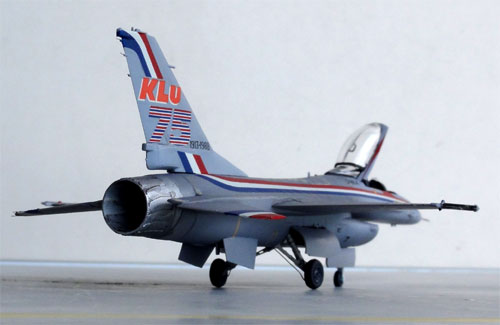
F-16A Block 15 before any upgrades, year 1988, coded J-864 (this aircraft was later in 1995 upgraded to MLU standard and sold to Chile)
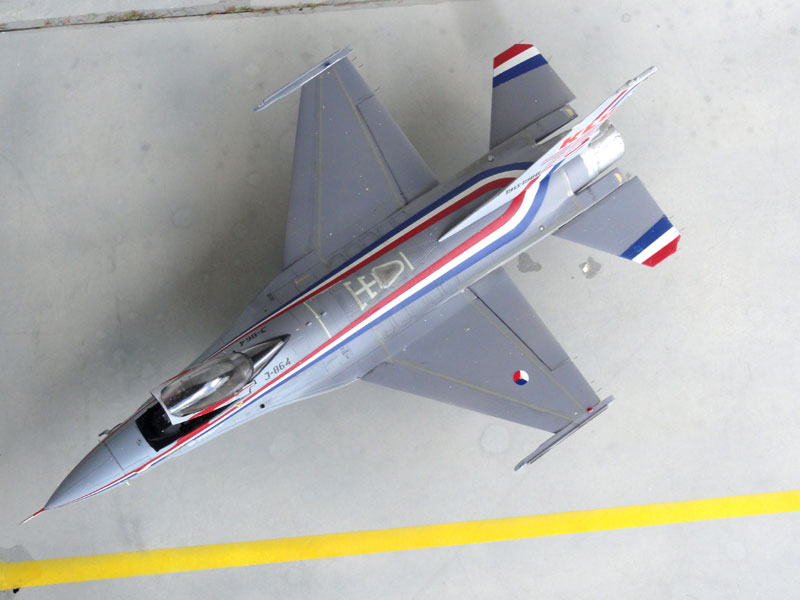
On to next [ Page 6... ]
..

(c) Copyright "designer"/ All rights reserved. Your comments are welcomed by webmaster
Created this page
August 24, 2016
